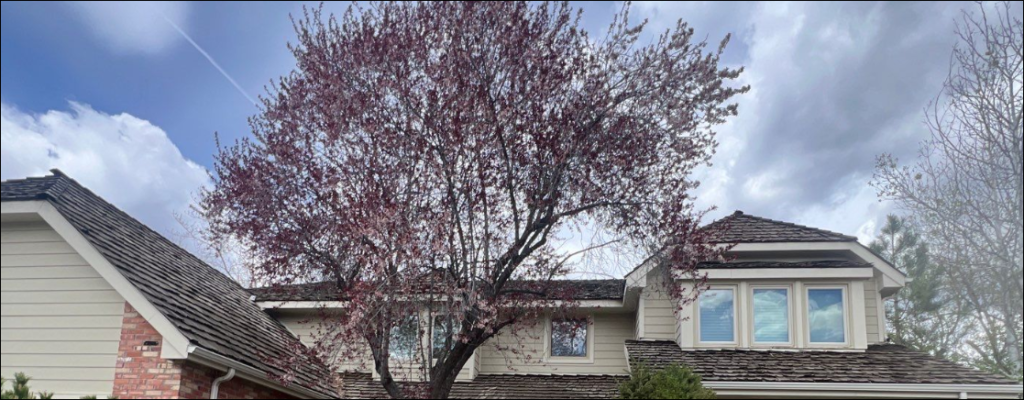Introduction
When planning a new roof, the stakes are high to ensure every detail is considered to avoid costly mistakes. Tried and True Roofing, a leader among roofing companies in Denver, outlines essential considerations to circumvent common pitfalls in roof design.
Selecting Appropriate Roofing Materials
Choosing the right materials is crucial for both aesthetics and functionality. Materials should be selected based on climate, the architectural style of the home, and budget. For instance, in regions with heavy snowfall, opting for a steep slope with smooth surfaces like metal can help prevent snow accumulation, which could lead to structural damage.
Considerations for Material Selection:
- Climate Compatibility: Ensure the material can withstand local weather conditions.
- Architectural Integrity: Match the material with your home’s architectural style.
- Energy Efficiency: Some materials offer better insulation, reducing energy costs.
Proper Roof Sloping
Incorrect sloping can lead to water pooling and eventually seep into the home, causing damage to the structure and interior. Tried and True Roofing ensures that each roofing in Denver is designed with optimal sloping, tailored to the building’s layout and the area’s weather patterns, to facilitate proper water runoff and drainage.
Key Sloping Tips:
- Adequate Drainage: Design the slope to enhance water runoff, especially in areas prone to heavy rain.
- Structural Assessment: Ensure the building’s structure can support the chosen slope.
Efficient Water Drainage Systems
An effective drainage system is vital to prevent water accumulation on the roof, which can lead to leaks and weaken the roof structure over time. Components such as gutters, downspouts, and drains must be correctly sized and strategically placed to handle the water volume during peak precipitation.
Drainage System Essentials:
- Gutter Sizing: Appropriately size gutters to handle the water volume.
- Strategic Placement: Position downspouts to direct water away from the foundation.
- Regular Maintenance: Keep the drainage system clear of debris to maintain functionality.
Attending to Roof Load Bearing Capacity
Understanding the load-bearing capacity of your roof is essential, especially in Denver, where heavy snowfall is common. The roof must be able to support the weight of snow and ice without compromising structural integrity.
Load Bearing Considerations:
- Weight Assessment: Calculate the weight of materials and snow load.
- Structural Enhancement: Reinforce the structure if necessary to support additional weight.
Conclusion
Designing a new roof involves intricate planning and understanding of numerous factors. By addressing material selection, slope, drainage, and load-bearing capacity, Tried and True Roofing ensures that each roofing project meets the highest standards of quality and durability. Avoid common mistakes by consulting with experienced roofers in Denver to guarantee your home remains safe and aesthetically pleasing for years to come.
